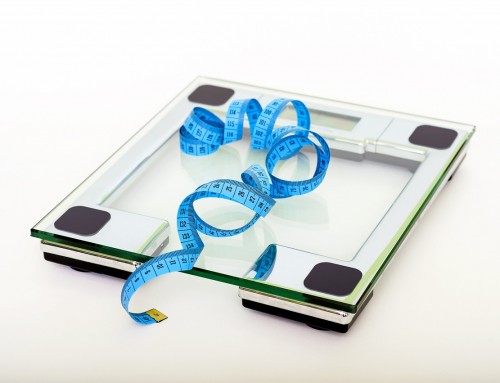In short, calibration is a documented process where the measurement instrument to be calibrated is compared against a known value, typically a more accurate reference standard.
It is good to remember the old fact that all measurements have error and calibration tells how much! An everyday example could be that when driving your car you see that the speedometer is showing exactly 75 mph. Then a police officer stops you and you realize the speed limit was 60 mph. The police give you a ticket which shows that you were driving 72 mph. So you can see that your speedometer has an error of 3 mph—you just performed an expensive calibration of your speedometer.
The used reference standard should be traceable.
Traceability of calibration
Traceability is the unbroken chain of measurements from the process measurement all the way to international standards. In practice this is achieved in several steps; the process measurement is calibrated using the company’s working standard or calibrator. The company’s working standard must be regularly calibrated using higher level reference standards, which are typically available in accredited calibration laboratories.
The accredited calibration laboratory ensures that its reference standards are regularly calibrated against national standards; the national standards are compared with international standards.
If that traceability chain is kept unbroken and maintained valid, it ensures that the measurements performed on the factory floor are traceable to the correct value and are good.
If you buy a calibration standard and keep using that for years without any recalibration of the standard, it may be drifted out of its tolerance or damaged, and all your calibrations are erroneous. This kind of calibration will cause only damage.
Why calibrate?
As discussed above, calibration is vital to ensure the quality of the end products. There are also many other reasons to perform calibrations.
To briefly mention a few, these include: all instruments tend to drift over time and lose their accuracy so periodical calibration and adjustment ensures that the accuracy remains at the required level; compliance with standards and quality system; regulatory requirements; to optimize process; safety reasons, both employee and customer/patient; and for economic and environmental reasons.
Risk of not calibrating
Obviously performing calibrations consumes time and money. Performing too many calibrations is a waste of resources, time and money. But the costs of the calibration process must be compared to the risks of not calibrating. If the calibrations are neglected, it may cause quality problems, failure to meet standard/regulatory requirements, production downtime, risk for employee and customer safety, economical losses and other consequences.
- Wastage: If the instrument is not perfectly calibrated, it might lead to potential wastage of resources and time consumed in the operations, resulting in an overall increase in expenses.
- Faulty or Questionable Quality: If the instrument is improperly calibrated, the chances of faulty or questionable quality of finished goods arises. Calibration helps maintain the quality in production at different stages, which gets compromised if any discrepancy arises.
- Fines or litigations: Customers who have incurred damage may return the product against a full refund, which is still alright; but if they go for litigation due to damages, you could be up for serious costs in terms of reputation and restitution payments.
- Increased downtime: Poor quality of finished goods is the first indicator of disrepair in your equipment. Regular calibration programs identify warning signs early, allowing you to take action before any further damage is caused.
The calibration of instruments is the most basic maintenance requirement, which is an established procedure that every business using machinery or instruments must conduct periodically as specified in their machinery or instruments requirement. The consequences of not calibrating adequately can often be far larger than the costs of maintaining a good calibration management process.
How often to calibrate
Sometimes people ask how often the measurement instruments should be calibrated according to quality standards. But the quality standards do not specify the calibration period. You need to specify the calibration intervals by yourself. The main things to consider when specifying the calibration intervals include: the measuring equipment manufacturer’s recommendation, the uncertainty need for the measurements, the stability history of the equipment, earlier experience of similar equipment, importance/criticality of the measurement in question, and the risks and consequences of an out-of-tolerance situation.
Once you start to get experience in the history trend/long term drift of the measuring equipment and compare that to the uncertainty need, you can adjust the calibration period accordingly.



